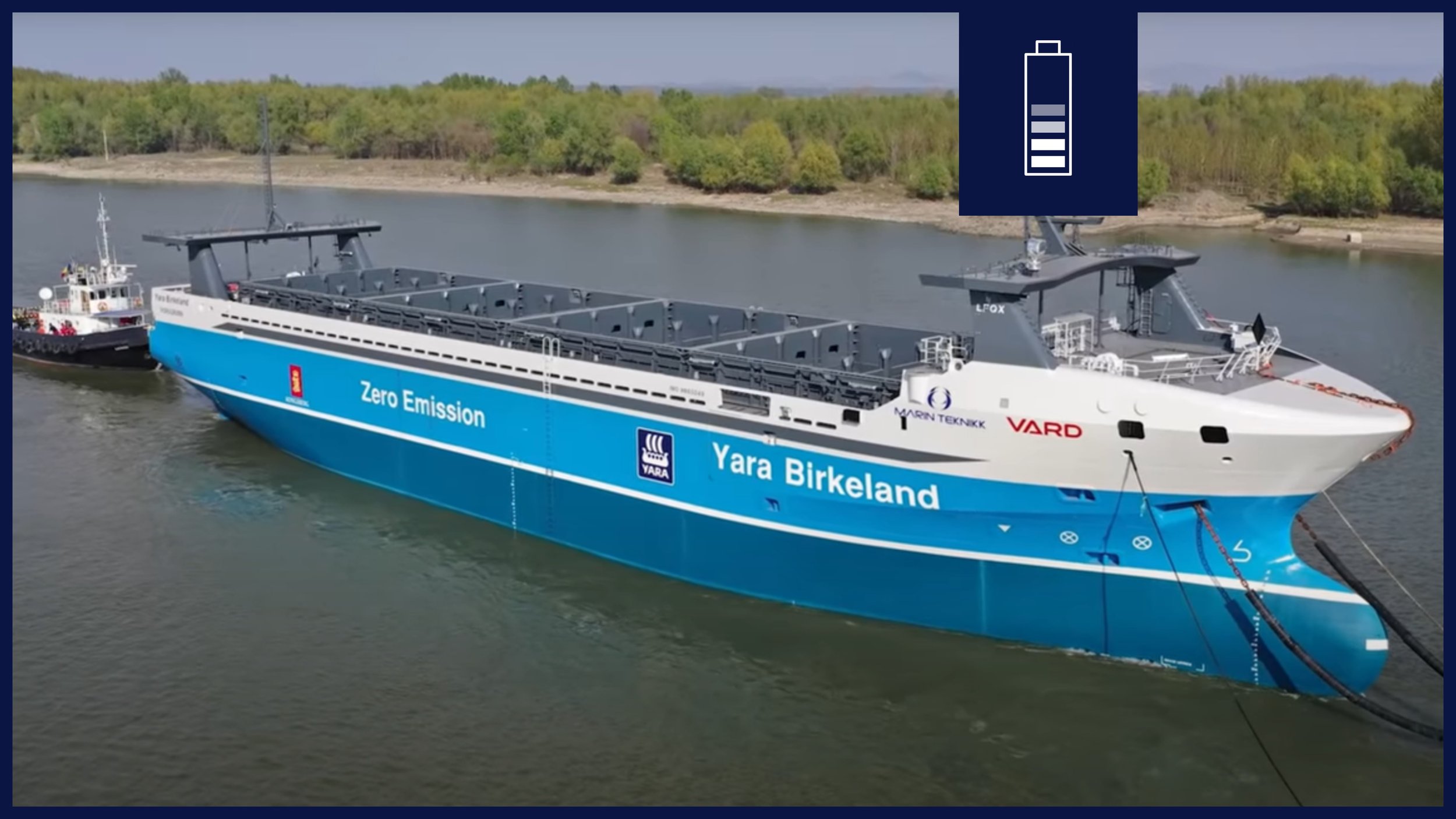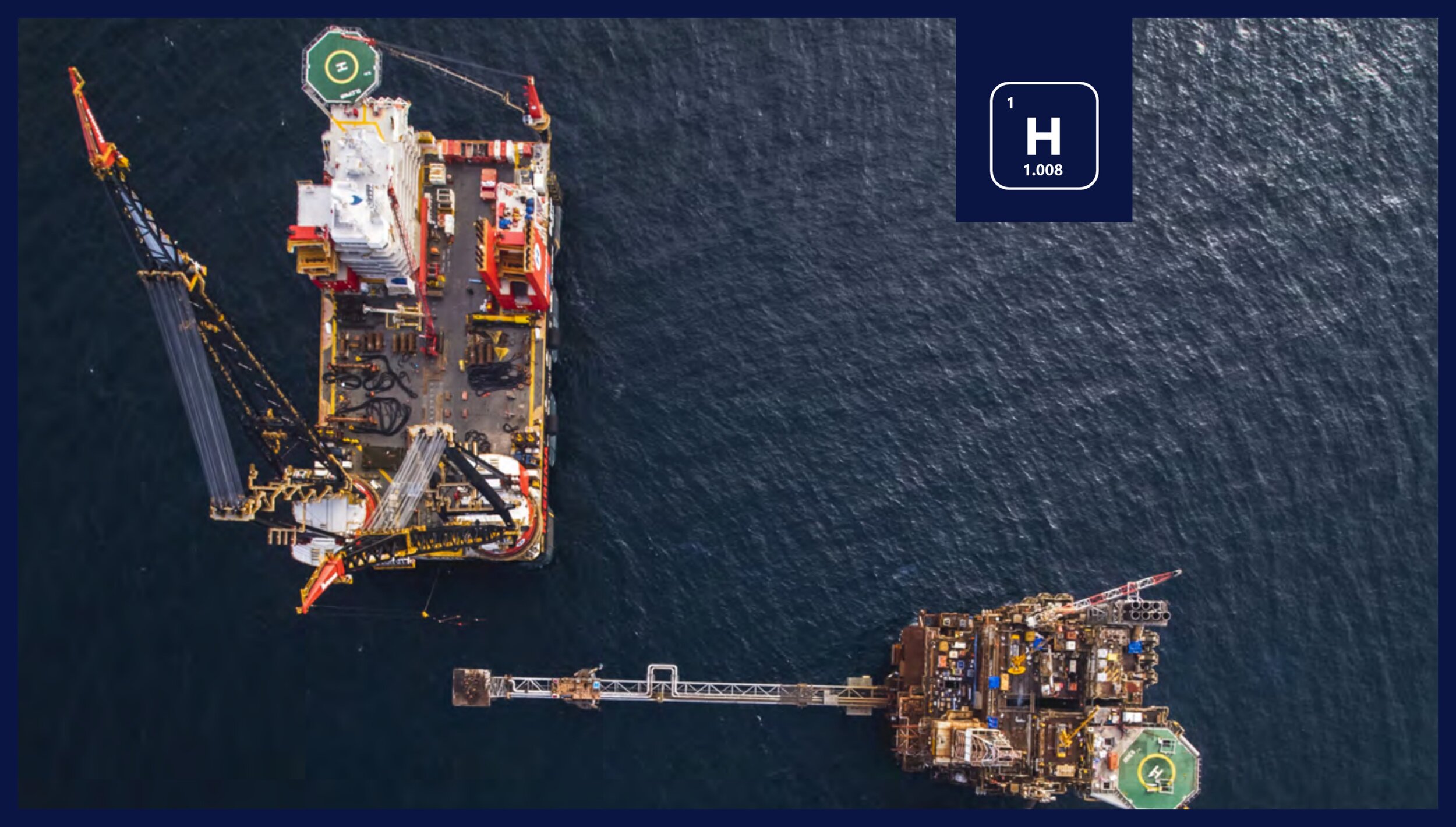Decarbonizer
-
The Decarbonizer evaluates the financial and environmental impact of ship decarbonization strategies by simulating fuel use, emissions, and compliance costs under different retrofit and operational scenarios. Designed to support investment decisions, regulatory planning, and charter negotiations, the tool compares baseline performance with alternative fuels, energy efficiency measures, and onboard technologies. It calculates emissions savings, payback periods, and potential penalties or rewards under schemes like FuelEU Maritime, and EU ETS. The tool enables scenario modeling across vessel types and routes, helping stakeholders identify cost-effective pathways to compliance and climate alignment.
This tool helps shipowners, charterers, operators, and voyage planners assess the economic and environmental implications of different routing, speed, and fuel strategies. It is ideal for commercial planning, cost optimization, or evaluating compliance-related expenses in increasingly regulated operating environments.
The Voyage Cost Calculator also supports scenario-based comparisons, enabling users to analyze the impact of speed reduction, fuel switching, or route changes on total cost and emissions. A structured summary of results can be exported for internal planning, stakeholder presentations, or investment decisions.
Fuel cost forecasting – Estimate fuel consumption and cost based on vessel speed, fuel type, and distance traveled.
Total voyage cost modeling – Calculate overall voyage costs including bunkers, port fees, canal tolls, and time charter or demurrage expenses.
Operational scenario comparison – Assess how variations in speed, route, or fuel strategy impact total cost and emissions.
Emissions and compliance modeling – Quantify CO₂ emissions and calculate associated costs under carbon pricing schemes like the EU ETS.
Strategic planning support – Provide clear, customizable outputs to inform routing decisions, commercial negotiations, and sustainability reporting.
How the tool works
Watch the tutorial for a step-by-step explanation of the tool, or check the case studies below. Download the Excel model to further tweak your analyses. Contact the helpdesk for support and customization options.
Access premium tool and benefits
Check pay-per-use options if you don’t want to sign up
Case studies
Sign up to get one customized case study for yourself each month
References
Hyperlinks and downloads for premium users only
Sustainable Ships - Rules and Regulations Insights
Sustainable Ships - FuelEU Guide
Sustainable Ships - EU ETS Guide
Sustainable Ships - CII Guide
















